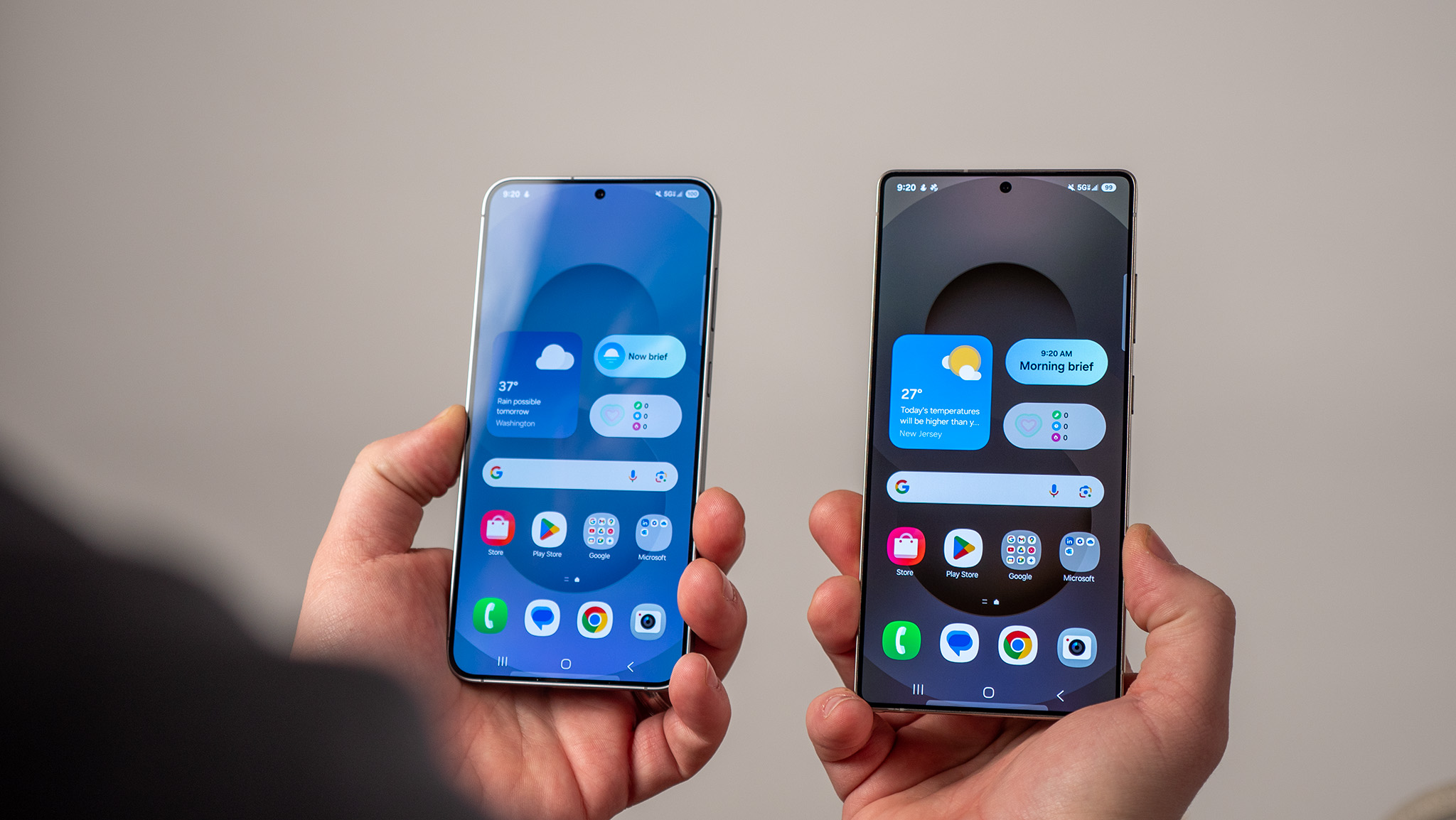Moto Z Droid or Moto Z Force Droid — which should you get?
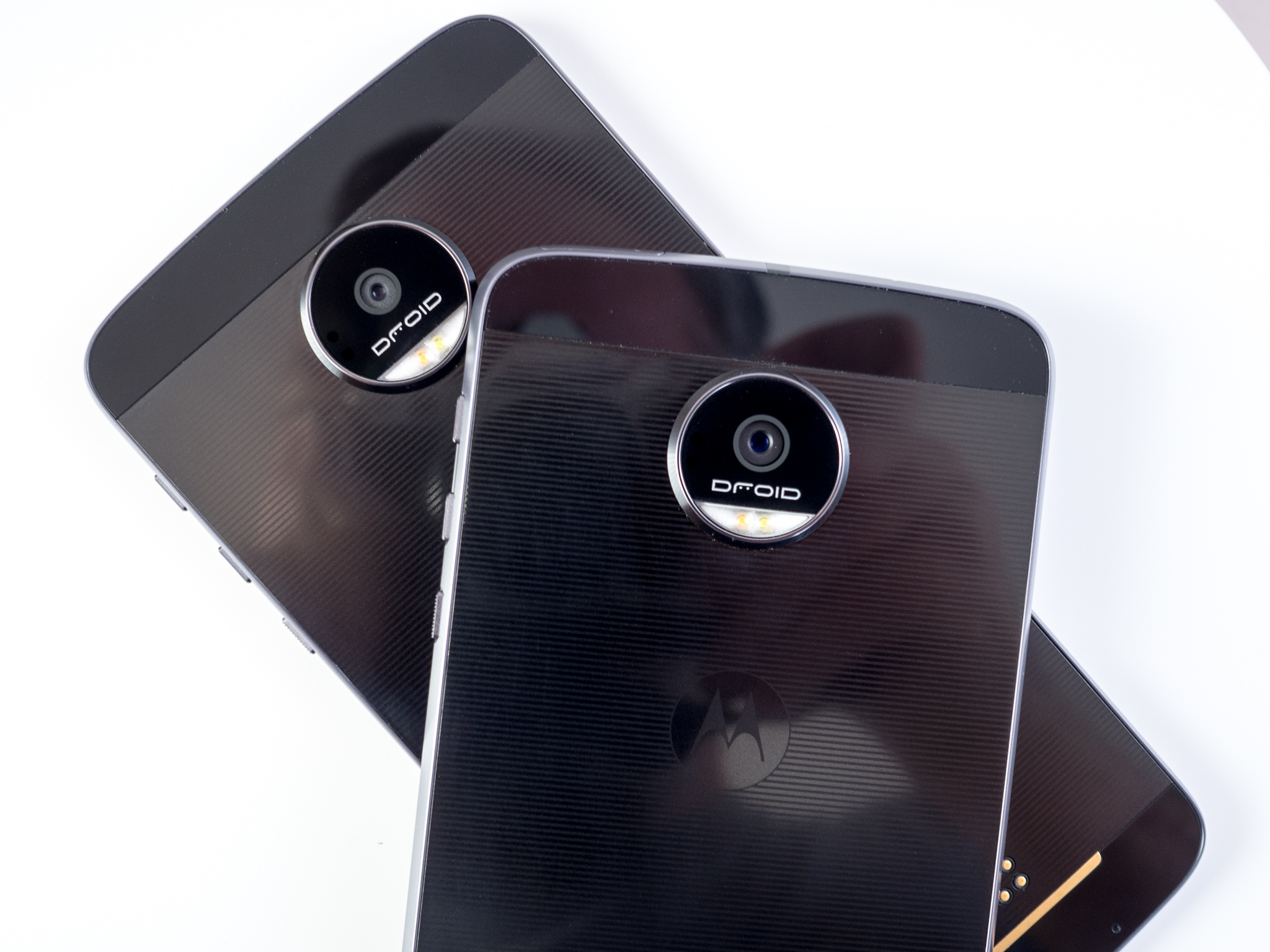
The Moto Z lands on Verizon on July 28. And if even if you've made up you're mind that you're going be diving into this modular menagerie, you've got a decision to make. Verizon, as it's been prone to do with its Droid line of late, has two Moto Zs from which you'll need to choose.
In many ways, they're exactly alike. Same software. Mostly the same internals. And they both use the new Moto Mods accessories.
Let's take a look at the ways in which they're different, though, and see if we can't figure out which one is for you.
Better battery capacity
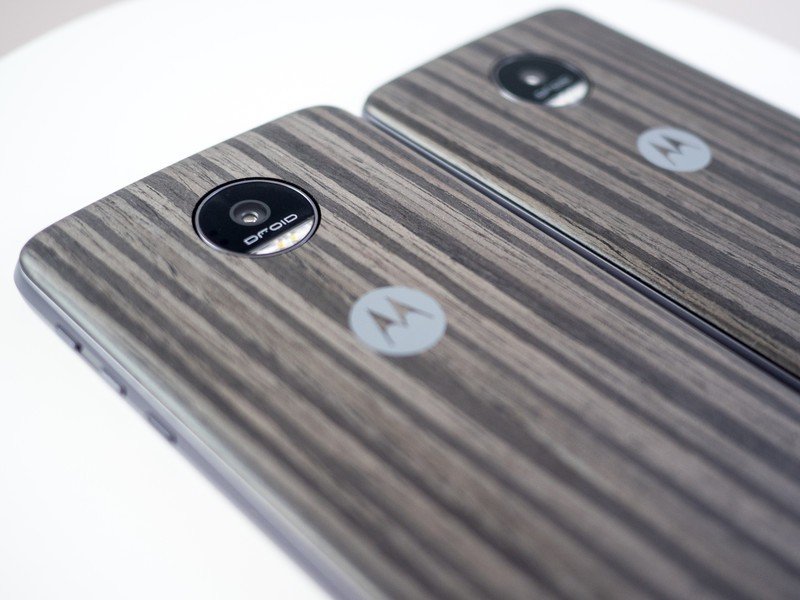
Should you ever turn down the opportunity to have more battery? The Moto Z has a 2,600 mAh battery. The Moto Z Force has a 3,500 mAh battery — that's about a 34 percent increase. Along with that extra battery comes some extra thickness, however. The Moto Z is a svelte 5.19mm thick (or thin, I guess). The Moto Z Force is 6.99mm. That's without the stock Style Shell back that comes in the box, however, so you'll need to add a couple millimeters for those, too.
I've used both phones. You should never pass up the opportunity for more battery out of the box.
I've used both phones. And you should never pass up the opportunity for more battery out of the box. Even with external batteries and the 2,200 mAh Moto Mod Power Packs that are available for the Moto Z and Moto Z Force, that extra 34 percent can be the difference between having to top up toward the late afternoon, or not.
The extra thickness on the Moto Z Force means a few things. One is that I don't mind using it without a Style Shell as much. That doesn't mean I won't use it without one, but the option is at least more comfortable. The other is that it's going to fit larger hands better than the Moto Z. That's subjective, but not unimportant.
Higher-resolution camera
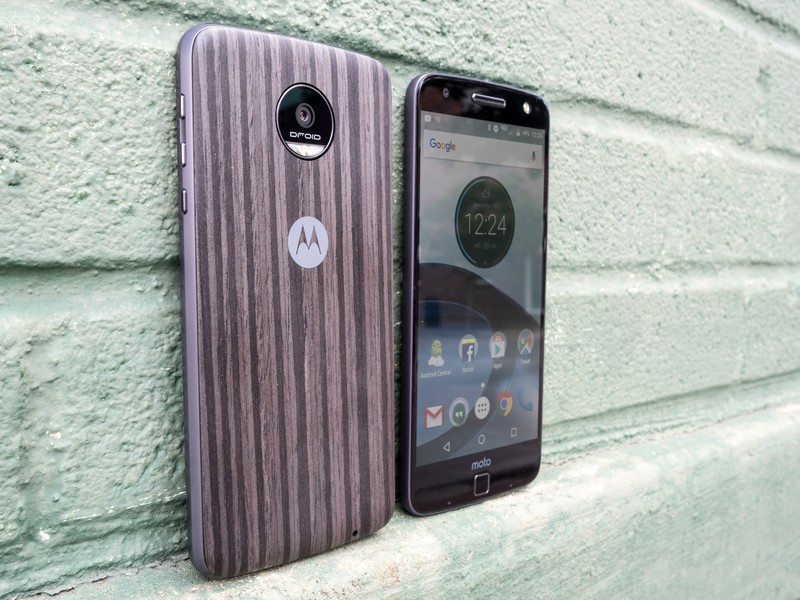
The Moto Z and Moto Z Force have similar cameras. Same camera app, same f/1.8 aperture. They're both pretty darn good in sunlight, and less so when it gets dark. They're both what I'd call an above-average camera, though a few steps down from the best available.
Be an expert in 5 minutes
Get the latest news from Android Central, your trusted companion in the world of Android
The only real difference is that the Moto Z Force has a higher possible resolution — 21 megapixels — than the Moto Z, which is lower at 13MP. (One thing to keep in mind, however, is that both phones shoot at a wider, 16:9 aspect ratio by default, and don't use the full resolution until you change the setting to accommodate their native 4:3 aspect ratios.)
For my money, I'd opt for the Moto Z Force because of its larger battery and better chance at surviving a fall.
For the most part this discrepancy hasn't really affected me any. At least not in the way I shoot and share photos. For things like Facebook and Instagram and your basic social sharing, either one has served me just fine. It's another differentiator for Verizon, I suppose. But merely adding more megapixels doesn't necessarily improve the finished product that much.
ShatterShield display
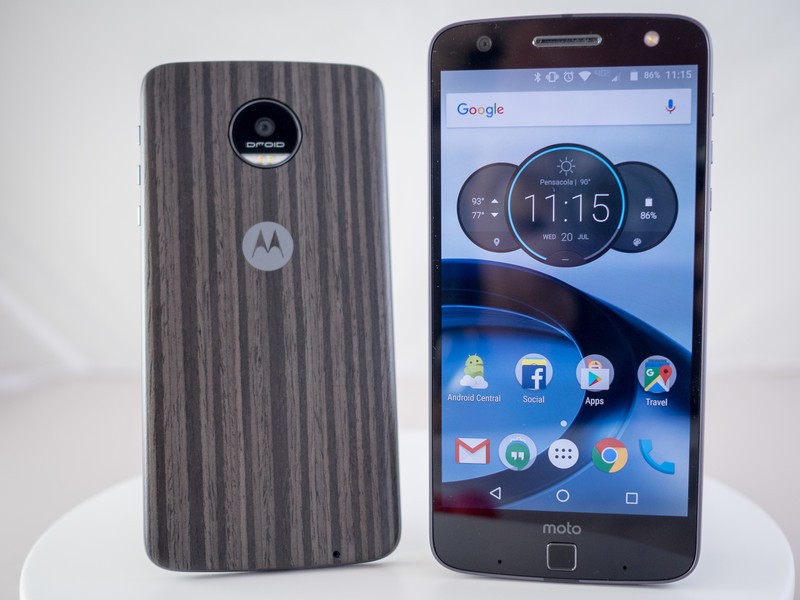
If a bigger battery didn't do it for you, this one might. The Moto Z Force is the second phone to sport "ShatterShield." The short version is that means some extra protection for the display. So you'll be able to drop it without the screen breaking into a million pieces.
That doesn't mean you might not kill the phone if it takes a bad fall. Here's the important part from Moto's fine print:
The display and embedded lens are warranted against shattering and cracking for four (4) years from the original date of purchase; scratches or other damage to the protective lens is not covered by this warranty, but should always be in place to prevent scratches and other damage to the underlying components. This phone is not shockproof or designed to withstand all damage from dropping.
We dropped the Moto Z Force until it quit working. Actually, let's be more specific. The phone still works. The display, while showing signs of abuse, did not crack. It, uh, just doesn't actually show a picture anymore. So the first four times it took a bad spill ShatterShield worked as advertised. That's a pretty good insurance policy.
The bottom line
So which phone should you get? The Moto Z, or the thicker, longer-lasting, better protected, higher-resolution Moto Z Force? For my money, I'd opt for the latter. The upgraded camera sensor isn't that big a deal for me. But more battery and a better chance at surviving a fall?
That's worth my money just about every time.

